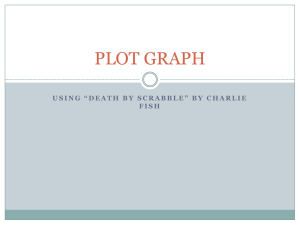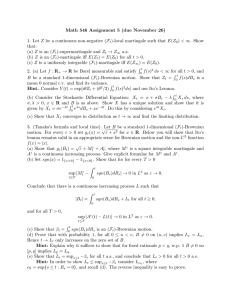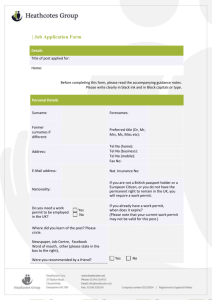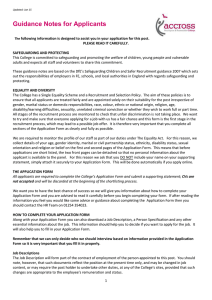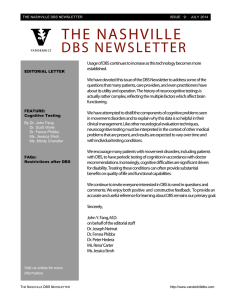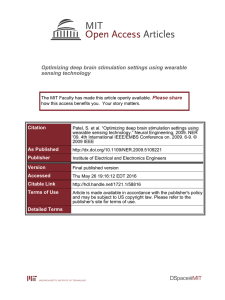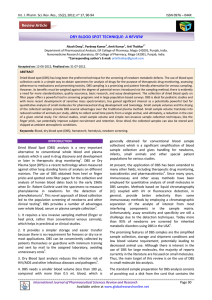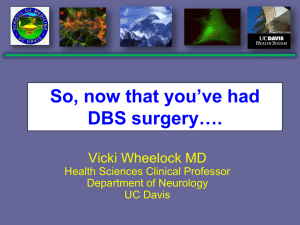L1-Why DBS
advertisement
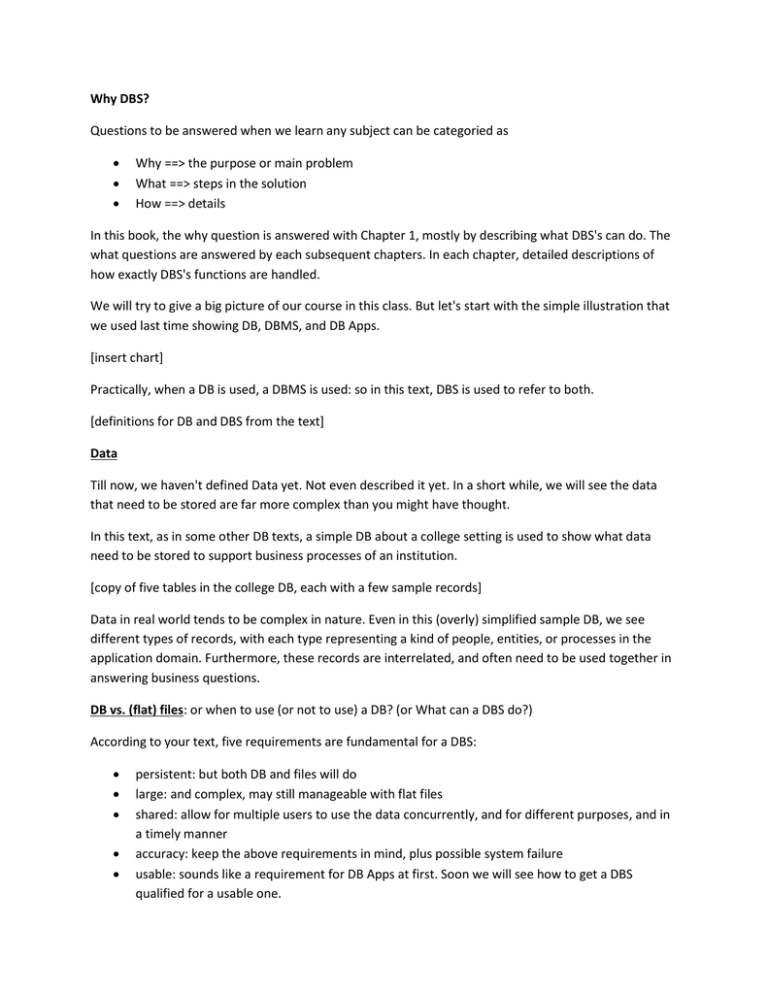
Why DBS? Questions to be answered when we learn any subject can be categoried as Why ==> the purpose or main problem What ==> steps in the solution How ==> details In this book, the why question is answered with Chapter 1, mostly by describing what DBS's can do. The what questions are answered by each subsequent chapters. In each chapter, detailed descriptions of how exactly DBS's functions are handled. We will try to give a big picture of our course in this class. But let's start with the simple illustration that we used last time showing DB, DBMS, and DB Apps. [insert chart] Practically, when a DB is used, a DBMS is used: so in this text, DBS is used to refer to both. [definitions for DB and DBS from the text] Data Till now, we haven't defined Data yet. Not even described it yet. In a short while, we will see the data that need to be stored are far more complex than you might have thought. In this text, as in some other DB texts, a simple DB about a college setting is used to show what data need to be stored to support business processes of an institution. [copy of five tables in the college DB, each with a few sample records] Data in real world tends to be complex in nature. Even in this (overly) simplified sample DB, we see different types of records, with each type representing a kind of people, entities, or processes in the application domain. Furthermore, these records are interrelated, and often need to be used together in answering business questions. DB vs. (flat) files: or when to use (or not to use) a DB? (or What can a DBS do?) According to your text, five requirements are fundamental for a DBS: persistent: but both DB and files will do large: and complex, may still manageable with flat files shared: allow for multiple users to use the data concurrently, and for different purposes, and in a timely manner accuracy: keep the above requirements in mind, plus possible system failure usable: sounds like a requirement for DB Apps at first. Soon we will see how to get a DBS qualified for a usable one. Who use it? Before dig in deep about What functions DBS should provide, let's first exam who are going to use the data, and in what different ways? DBA: definition in your text In-betweens: apps developers, report programmers, analysts, etc Users (or end users, naive users): What make DBS's usable? Functions DBS's should provide (not a complete list) - - - record management o user data o relationship o efficient access index multiple user access o transaction control o users and privileges memory management o DB cannot fit into memory mapping between disk space and memory space o Changes in memory need to be updated to disk o Recovery Support for (application) development paradigm/principles - - - Data model representing RealWorld with only features necessary [college DB as an example] [definition from the text] o DBA: physical data model, using file, disk how o All but end users: conceptual (or logical), using tables, records, relationships what o End users: external, using application-specific terms, such as what (or why) Students: transcripts Professors: rosters Deans: dean’s list, retention/graduation rate Schema: [definition in the text] instance of a model o Schema: structure of a DB, static o Instance: a snapshot of a DB, dynamic Three-level architecture o Physical data independence o Logical data independence The Big Picture put it all together

